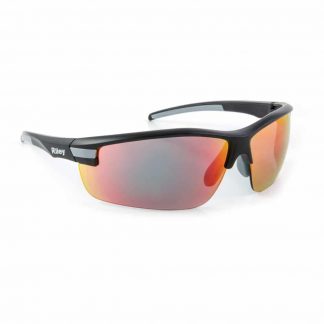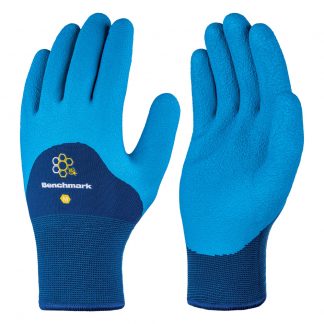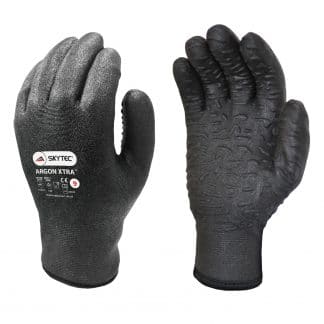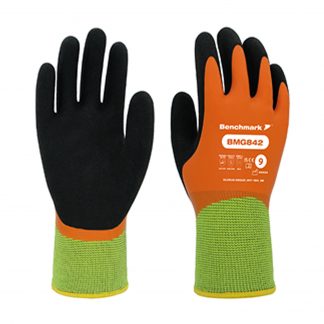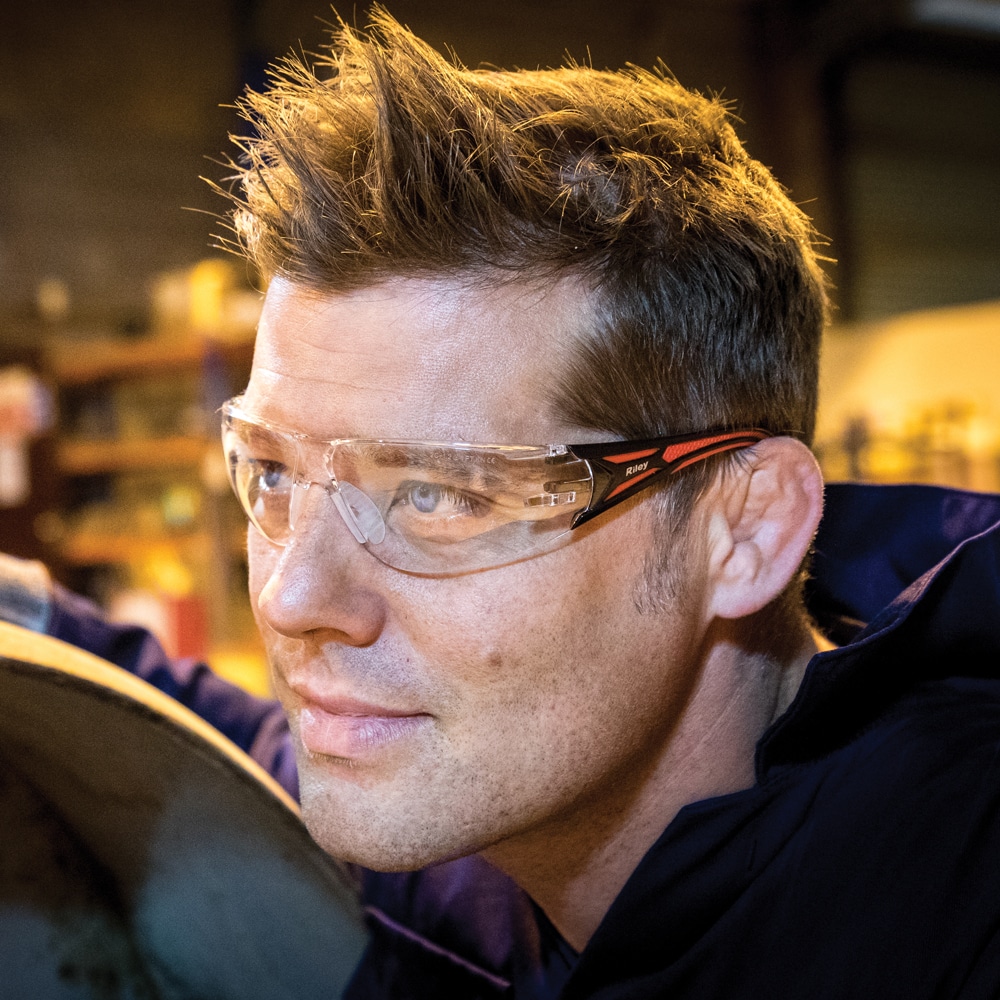
Workplace injuries can be painful for both the victim and the employer – financially. That’s if the employer doesn’t supply the certified, necessary equipment to keep employees safe and protected from harm.
All businesses have a standard duty of care to protect their staff and providing standard PPE for certain industries is mandatory.
Many are exposed to life-changing eye hazards in the workplace and so ensuring workers are properly protected is crucial – yet can easily be overlooked.
Eye injuries, whilst not the most common workplace injury, can prove to be catastrophic for the victim. Therefore, prevention is vital to enabling these workers return to their families safe and sound.
Employers must ensure they complete job specific risk assessments to define the type of safety eyewear which must be worn. They must also have the knowledge on the varying levels of protection and performance available.
First things first, identifying the right lens protection for your workforce is key.
Polycarbonate lenses
Polycarbonate lenses set the standard in eyewear safety. If you’re in an industry where the risk of impact injuries from particles or flying objects are rife, then these lenses are optimum for protection.
Originally designed to cover the cockpits of fighter planes before later being incorporated into the visors of astronauts and on the space shuttle windshields, polycarbonate lenses are up to 10 times more resistant to impacts than plastic or glass lenses. These lenses are also a lot more lightweight and thinner than the alternative.
CR39 lenses
CR39 lenses, or ‘Columbia Resin 39’, are an ideal solution operating in a non-industrial environment. Similar to polycarbonate lenses, they are made of polymers which keep the lens sturdy however, CR39 does not offer the level of impact resistance for industrial hazards that polycarbonate lenses do.
In an environment where there is risk of impact, these lenses do not offer the level of resistance needed to reduce the threat of injury.
Why choose polycarbonate over CR39 lenses?
Polycarbonate lenses set the standard in eyewear safety.
With the initial material having originally been designed to cover the cockpits of fighter planes and have also been used on space shuttle windshields, these lenses are up to 10 times more resistant to impacts than plastic or glass lenses.
For workers who frequently face hazardous impact risk, polycarbonate lenses should be the first choice when selecting safety eyewear.
[showproduct id=10679]


